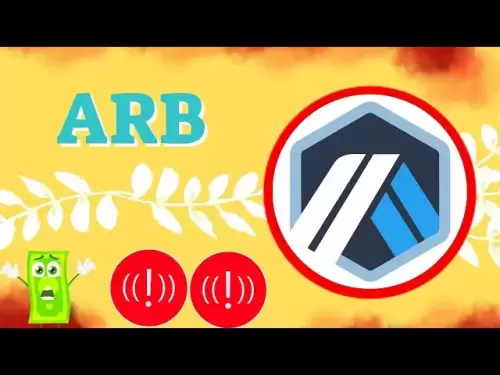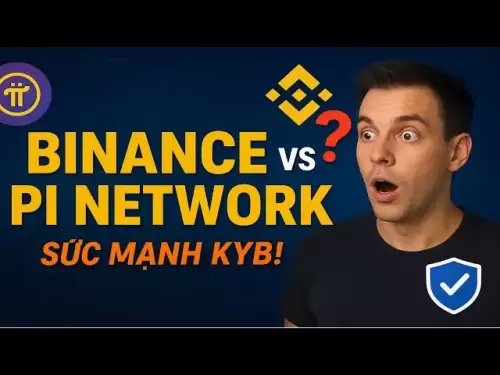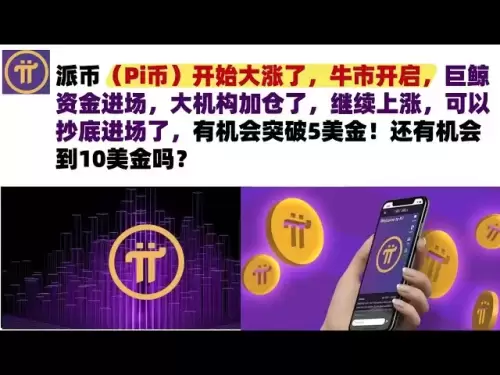-
 Bitcoin
Bitcoin $116900
0.00% -
 Ethereum
Ethereum $4280
5.48% -
 XRP
XRP $3.265
-1.45% -
 Tether USDt
Tether USDt $1.000
-0.01% -
 BNB
BNB $807.0
1.41% -
 Solana
Solana $183.1
2.93% -
 USDC
USDC $0.9999
0.00% -
 Dogecoin
Dogecoin $0.2440
6.50% -
 TRON
TRON $0.3357
-0.88% -
 Cardano
Cardano $0.8178
2.63% -
 Hyperliquid
Hyperliquid $44.13
7.45% -
 Chainlink
Chainlink $21.39
9.09% -
 Stellar
Stellar $0.4524
-0.84% -
 Sui
Sui $3.957
2.13% -
 Bitcoin Cash
Bitcoin Cash $572.7
-2.54% -
 Hedera
Hedera $0.2671
1.54% -
 Avalanche
Avalanche $24.77
4.17% -
 Ethena USDe
Ethena USDe $1.001
0.02% -
 Litecoin
Litecoin $122.3
-1.94% -
 Toncoin
Toncoin $3.432
2.26% -
 UNUS SED LEO
UNUS SED LEO $9.007
0.49% -
 Shiba Inu
Shiba Inu $0.00001396
5.26% -
 Uniswap
Uniswap $11.09
1.64% -
 Polkadot
Polkadot $4.155
4.57% -
 Dai
Dai $1.000
0.00% -
 Pepe
Pepe $0.00001253
5.11% -
 Cronos
Cronos $0.1588
2.67% -
 Bitget Token
Bitget Token $4.512
0.05% -
 Monero
Monero $275.0
0.64% -
 Ethena
Ethena $0.7527
15.10%
How to trade in a low liquidity market?
In low liquidity markets, smart trading strategies and specialized tools can mitigate risks and optimize execution, minimizing market impact and improving trade outcomes.
Feb 25, 2025 at 02:06 pm
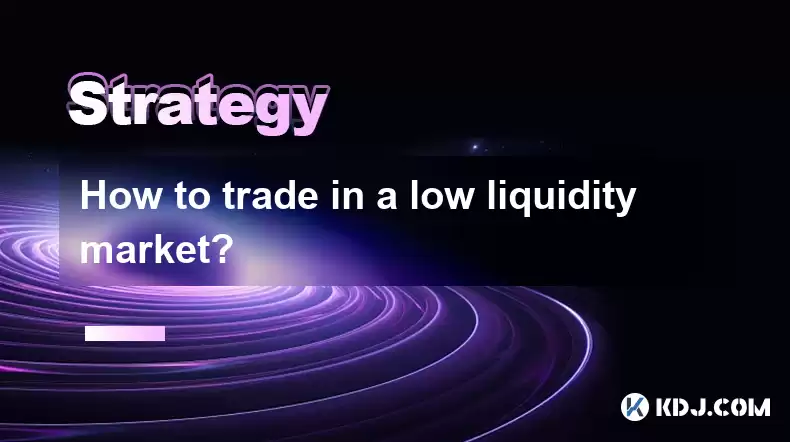
Key Points
- Understand market liquidity and its impact on trading
- Identify and assess low liquidity markets
- Implement tailored trading strategies for low liquidity environments
- Manage risk and optimize execution in low liquidity conditions
- Employ specialized trading tools and platforms
Comprehensive Guide to Trading in Low Liquidity Markets
1. Understanding Market Liquidity
Market liquidity refers to the ease and speed at which an asset can be bought or sold without significantly impacting its price. In low liquidity markets, there are limited buyers or sellers, making it challenging to execute trades efficiently.
2. Identifying Low Liquidity Markets
Assessing market liquidity involves analyzing trading volume, bid-ask spreads, and market depth.
- Trading Volume: Low volume indicates a limited number of buyers and sellers.
- Bid-Ask Spread: A wide bid-ask spread signifies a significant difference between the buying and selling prices, indicating low liquidity.
- Market Depth: The depth of the order book reflects the availability of orders at different price levels. Shallow order books indicate low liquidity.
3. Tailored Trading Strategies
In low liquidity markets, traditional trading strategies may not be effective. Consider the following approaches:
- Market Orders: Direct buy or sell orders at the current market price. However, these orders may result in significant price slippage.
- Limit Orders: Place orders at specific price levels, minimizing slippage but potentially delaying execution.
- Hidden Orders: Conceal orders to prevent other market participants from influencing your trading strategy.
- Algorithmic Trading: Use automated algorithms to execute trades based on predefined parameters.
4. Managing Risk and Optimizing Execution
- Manage Position Size: Limit the number of shares or contracts traded to avoid market impact and price movements.
- Execute Gradually: Break down large orders into smaller increments to reduce the impact on market liquidity.
- Use Dark Pools: Consider utilizing alternative trading platforms that provide anonymity and reduced price transparency.
- Monitor Market Conditions: Continuously observe the market for any changes in liquidity or price action.
5. Specialized Trading Tools and Platforms
- Liquidity Aggregators: Consolidate liquidity from multiple sources, providing access to a wider range of buyers and sellers.
- Iceberg Orders: Show only a portion of the order size, making it less noticeable to other market participants.
- Dark Pool Platforms: Offer private exchanges that allow traders to place orders without disclosing their identities.
FAQs
Q: Why are low liquidity markets challenging to trade in?
A: Limited buyers and sellers make it difficult to find trading counterparties, resulting in potential price volatility and slippage.
Q: How can I mitigate my risks when trading in low liquidity markets?
A: Manage position size, execute gradually, monitor market conditions, and consider using dark pools or alternative trading platforms.
Q: What are the benefits of using liquidity aggregators?
A: Enhanced access to liquidity, reduced market impact, and potentially improved execution prices.
Q: What are the advantages of hidden orders?
A: They conceal trading intentions from other market participants, preventing them from anticipating or manipulating your trades.
Disclaimer:info@kdj.com
The information provided is not trading advice. kdj.com does not assume any responsibility for any investments made based on the information provided in this article. Cryptocurrencies are highly volatile and it is highly recommended that you invest with caution after thorough research!
If you believe that the content used on this website infringes your copyright, please contact us immediately (info@kdj.com) and we will delete it promptly.
- Trump, Nasdaq, and Token Treasury: WLFI's $1.5B Gambit
- 2025-08-10 06:50:12
- Trump, Nasdaq, and Token Treasury: WLFI's $1.5B Play
- 2025-08-10 06:30:11
- Coinbase, DEX Trading, and Base Network: A New Era for Crypto?
- 2025-08-10 06:30:11
- Block Inc., Bitcoin, and Mining Chips: Reshaping Digital Finance, New York Style
- 2025-08-10 06:50:12
- Stablecoin Surge Ignites Altcoin Investment Hunt: What's Hot Now?
- 2025-08-10 06:55:16
- Penny Crypto Dreams: Can XRP Reach $10,000? A Look at LILPEPE and the Meme Coin Mania
- 2025-08-10 04:50:11
Related knowledge

How to use stop-loss orders to limit potential losses?
Aug 08,2025 at 02:01pm
Understanding Stop-Loss Orders in Cryptocurrency TradingA stop-loss order is a risk management tool used by traders to automatically sell a cryptocurr...

How to read cryptocurrency charts and use technical analysis?
Aug 08,2025 at 11:08am
Understanding the Basics of Cryptocurrency ChartsCryptocurrency charts are graphical representations of price movements over time. These charts are es...

How to do your own research (DYOR) before investing in a crypto project?
Aug 08,2025 at 09:07pm
Understanding the Core Principles of DYOR in CryptocurrencyEngaging in due diligence before investing in any cryptocurrency project is essential to mi...
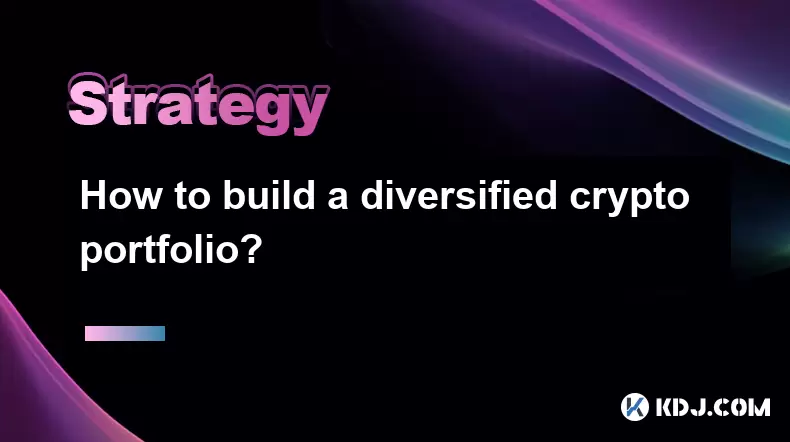
How to build a diversified crypto portfolio?
Aug 09,2025 at 12:21pm
Understanding the Importance of Diversification in CryptoDiversification in the cryptocurrency space is a strategy used to reduce risk by spreading in...

How to avoid common crypto investment mistakes?
Jul 13,2025 at 01:35am
Understanding the Risks of Crypto InvestmentInvesting in cryptocurrency can be highly rewarding, but it also comes with significant risks. One of the ...

What is a long-short crypto strategy?
Jul 15,2025 at 10:56am
Understanding the Basics of a Long-Short Crypto StrategyA long-short crypto strategy is an investment approach where traders simultaneously take long ...

How to use stop-loss orders to limit potential losses?
Aug 08,2025 at 02:01pm
Understanding Stop-Loss Orders in Cryptocurrency TradingA stop-loss order is a risk management tool used by traders to automatically sell a cryptocurr...

How to read cryptocurrency charts and use technical analysis?
Aug 08,2025 at 11:08am
Understanding the Basics of Cryptocurrency ChartsCryptocurrency charts are graphical representations of price movements over time. These charts are es...

How to do your own research (DYOR) before investing in a crypto project?
Aug 08,2025 at 09:07pm
Understanding the Core Principles of DYOR in CryptocurrencyEngaging in due diligence before investing in any cryptocurrency project is essential to mi...

How to build a diversified crypto portfolio?
Aug 09,2025 at 12:21pm
Understanding the Importance of Diversification in CryptoDiversification in the cryptocurrency space is a strategy used to reduce risk by spreading in...

How to avoid common crypto investment mistakes?
Jul 13,2025 at 01:35am
Understanding the Risks of Crypto InvestmentInvesting in cryptocurrency can be highly rewarding, but it also comes with significant risks. One of the ...

What is a long-short crypto strategy?
Jul 15,2025 at 10:56am
Understanding the Basics of a Long-Short Crypto StrategyA long-short crypto strategy is an investment approach where traders simultaneously take long ...
See all articles





















